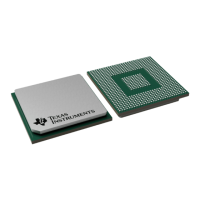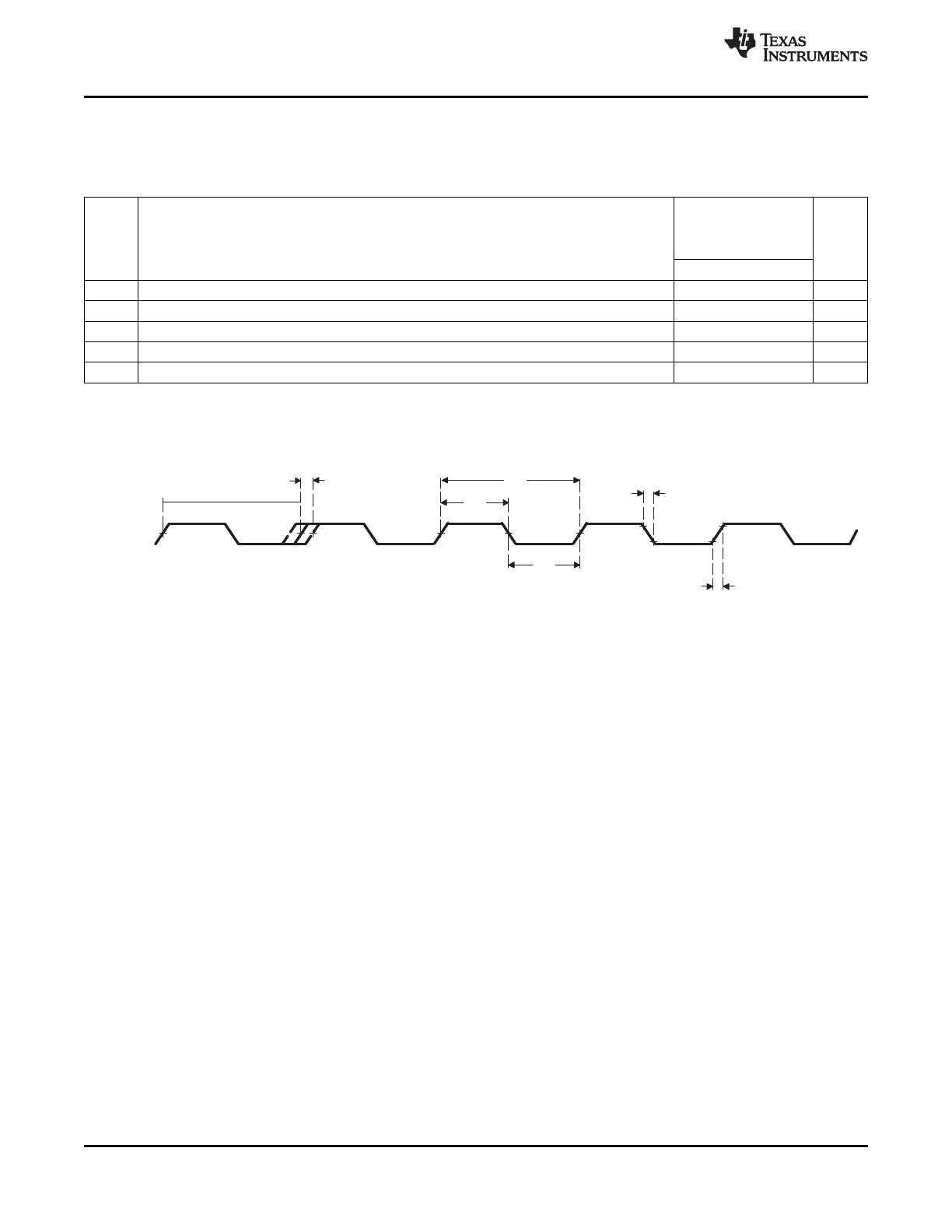

Do you have a question about the Texas Instruments TMS320C6455 and is the answer not in the manual?
| Clock Speed | 1.0 GHz |
|---|---|
| Core Count | 1 |
| On-Chip RAM | Yes |
| Data Width | 32-bit |
| Data Bus Width | 64-bit |
| Operating Voltage | 1.2 V |
| I/O Voltage | 3.3 V |
| Instruction Set | TMS320C64x+ |
| Memory | DDR2 |
| Package Type | BGA |
| External Memory Interface | EMIF |
| Interfaces | I2C, SPI |
Details the C64x+ CPU core, functional units, register files, and data paths.
Explains the process of initializing the DSP's memory and registers at reset.
Details configuration pins (AEA, ABA, PCI_EN) for boot mode, clock source, and endianness.
Describes the L2, L1P, and L1D memory configurations and sizes.
Specifies stress ratings for voltage, temperature, and other conditions beyond which damage may occur.
Lists recommended operating ranges for supply voltages, input/output, and temperatures.
Details electrical characteristics under specified operating conditions.
Covers power supply sequencing, decoupling, and power-down operation.
Details EDMA3 features like transfer dimensions, PaRAM entries, and DMA channels.
Describes different reset types (POR, Warm, Max, System, CPU) and their effects.
Details PLL1 controller operation, clocks, and registers for frequency synthesis.
Describes PLL2 controller operation, clocks, and registers for EMAC and DDR2 memory.
Explains DDR2 interface, device-specific information, and memory topologies.
Covers EMIFA interface capabilities for various external devices and timing.
Describes the I2C module, its features, and device-specific information.
Describes EMAC module, interface modes (MII, RMII, GMII, RGMII), and control modules.